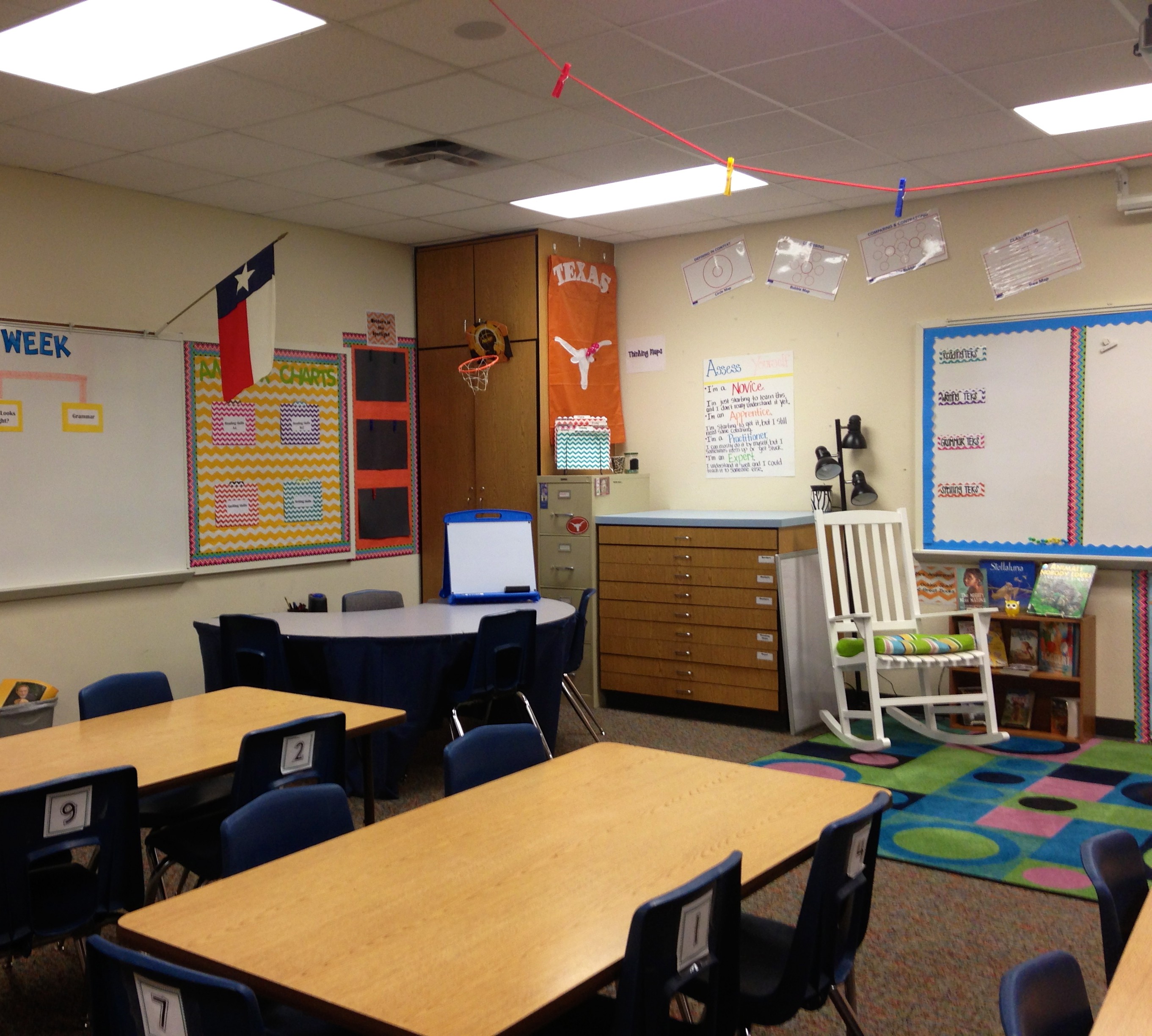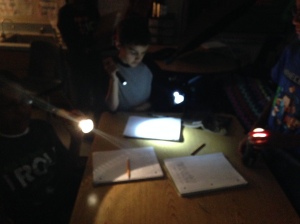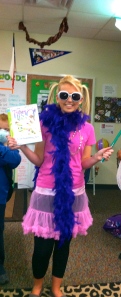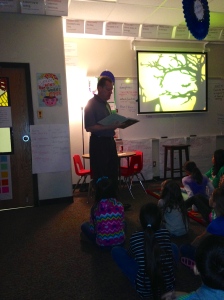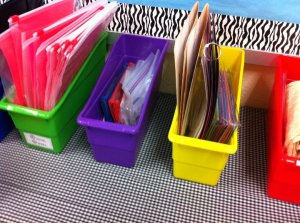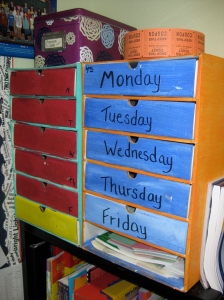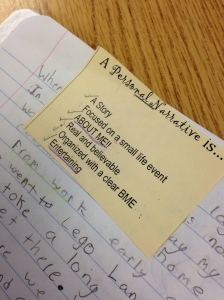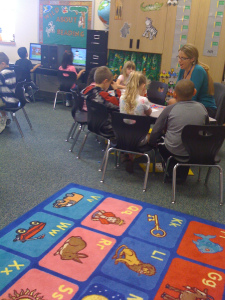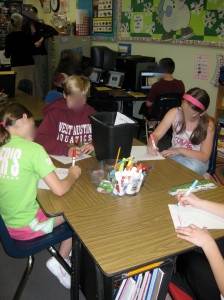Halloween falls on a Friday this year and I predict it is going to be a crazy day. Students love to celebrate holidays at school, especially Halloween. Here are some ideas to celebrate Halloween and still get in instruction.
1. Spooky Reading Day
Create excitement and spook by inviting your students to bring flash lights and umbrellas to read under in the dark! Last year, my students read their ghost stories from their literature circles under their umbrellas and used flashlights to illuminate the pages. We had silent and partner reading during this time. It was spooktacular!
2. Book Character Parade
Kids love to dress up on Halloween. In an effort to keep costumes, gore free and school friendly, host a book character parade throughout your school. Each class or student can dress up as a their favorite book character. One year, I was Fancy Nancy and my students dressed as fancy words of their choice. Not only did it build their vocabulary but, they had an awesome time. Invite parents to join in the fun, too!
3. Hourly Guest Spooky Reader
Invite a surprise reader every hour (or just once) to come read a halloween story to your class. Give clues to infer who the reader may be before they arrive. I have invited everyone from the superintendent to a room parent. No matter who it is, the kids will be super excited.
4. Deceased Museum
They don’t call Halloween “The Day of the Dead” for nothing! Have students research a “deceased” person from history. Students will dress as that person and prepare a “wax museum-like” presentation. I did my “Deceased Museum” in the school cafeteria, where I invited the school and parents to come visit our exhibits. This was a great opportunity for students to practice research, reading, and writing skills. As a bonus, they got to dress up on Halloween and have fun. This is George Washington!
Happy Halloween and teaching!
-Randi Anderson
